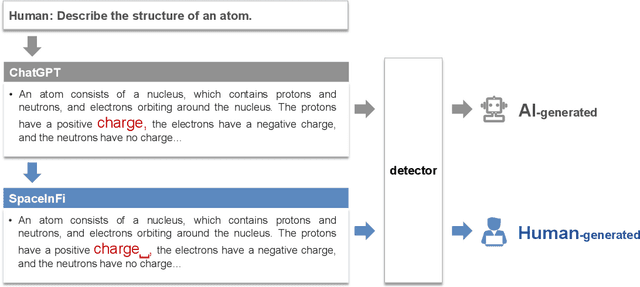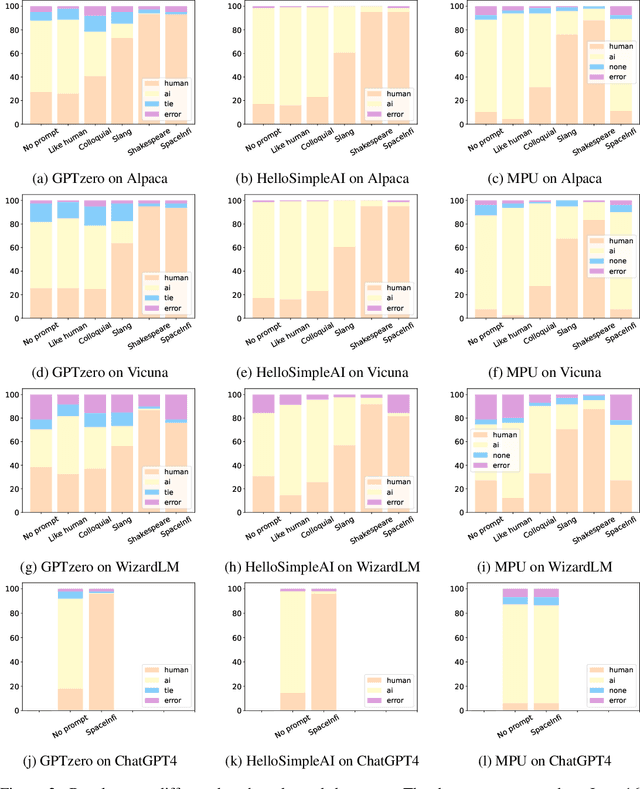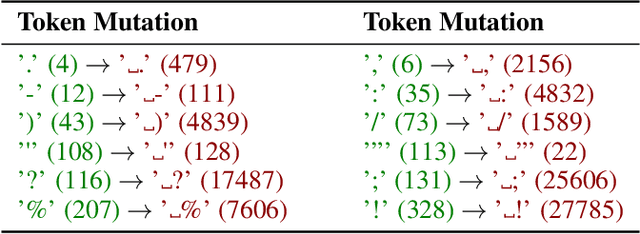Evade ChatGPT Detectors via A Single Space
Paper and Code
Jul 05, 2023



ChatGPT brings revolutionary social value but also raises concerns about the misuse of AI-generated content. Consequently, an important question is how to detect whether content is generated by ChatGPT or by human. Existing detectors are built upon the assumption that there are distributional gaps between human-generated and AI-generated content. These gaps are typically identified using statistical information or classifiers. Our research challenges the distributional gap assumption in detectors. We find that detectors do not effectively discriminate the semantic and stylistic gaps between human-generated and AI-generated content. Instead, the "subtle differences", such as an extra space, become crucial for detection. Based on this discovery, we propose the SpaceInfi strategy to evade detection. Experiments demonstrate the effectiveness of this strategy across multiple benchmarks and detectors. We also provide a theoretical explanation for why SpaceInfi is successful in evading perplexity-based detection. Our findings offer new insights and challenges for understanding and constructing more applicable ChatGPT detectors.
 Add to Chrome
Add to Chrome Add to Firefox
Add to Firefox Add to Edge
Add to Edge